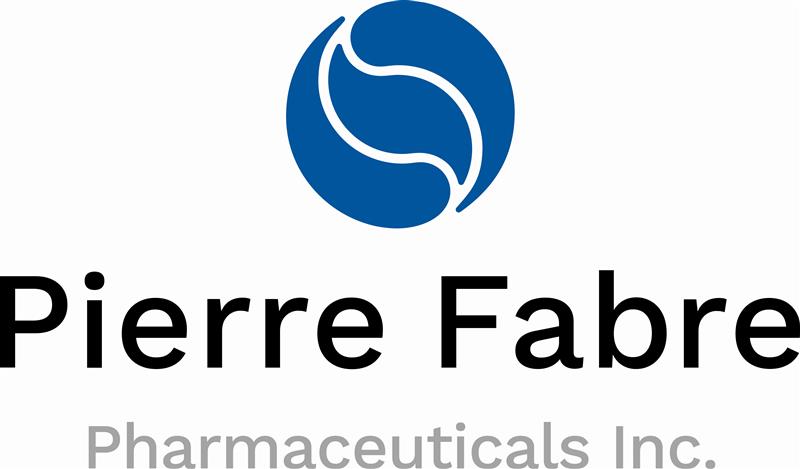Utilization of normothermic machine perfusion in pediatric liver transplantation – a case series
Brandon Ang1,3, Jorge Sanchez-Garcia1,2, Leandra Bitterfeld1, Enoch Zenger1,2, Zachary Kastenberg1,4, Jean Botha1,2, Catalina Jaramillo1,3.
1Intermountain Primary Children's Hospital, Salt Lake City, UT, United States; 2Intermountain Medical Center, Murray, UT, United States; 3Pediatric Gastroenterology, Hepatology & Nutrition, University of Utah School of Medicine, Salt Lake City, UT, United States; 4Department of Surgery, University of Utah School of Medicine, Salt Lake City, United States
Introduction: Normothermic machine perfusion (NMP) technology increases utilization of marginal donor liver grafts and shows promise for improved outcomes in reduced ischemic-reperfusion injury and early allograft dysfunction. NMP allows for maintaining improved viability of the ex-situ organ with prolonged preservation times compared to standard cold storage practice. Studies have demonstrated their utility in adult liver transplantation, however the known utility in whole pediatric allografts is limited. We report our experience with NMP in three pediatric liver grafts.
Methods: The liver grafts were maintained on the OrganOx Metra® NMP system and once hepatectomy was started the ex-situ liver was flushed with cold buffer solution and transplanted. Although each case was surgically unique, a standard bi-caval technique with end-to-end portal venous, arterial, and end-to-end bile duct anastomosis was done. Lactate was checked to measure potential ischemia, as well as ultrasound doppler of the reperfused organ to establish patent flow of all vessels. Liver function tests were monitored to evaluate graft function. Clinical data was collected via retrospective chart review.
Results: Patient 1 was a 494g donation after brain death (DBD) whole allograft to a 5-year-old male with Langerhans cell histiocytosis associated liver disease. The liver was preserved for 21.5 hours (on NMP for 660 min) without complication. The prolonged preservation time was due to the original recipient becoming ineligible while the organ was enroute due to an active viral infection, so the patient was called in as a backup. Initial lactate was 3.0 mmol/L with an average of 0.6 postoperatively. Early liver graft function remained stable. Patient 2 was a 1104g whole graft DBD to a 15-year-old female with hypoplastic left heart syndrome and Fontan-associated liver disease. The combined heart/liver transplant lasted 17 hours with 331 min on NMP and 10.9 hours total preservation time. Initial lactate was 3.3 mmol/L with an average of 2.5 postoperatively. Early liver graft function remained stable despite persistent renal dysfunction. Patient 3 was a 1752g whole graft DBD to a 15-year-old female with sickle cell hepatopathy from secondary iron overload, with 704 min on NMP with 15 hours total preservation time. They underwent exchange transfusion prior to and during the operation to reduce sickle cell concentration and prevent thrombosis. Initial lactate was 1.6 mmol/L with an average of 1.1 postoperatively, and endured no complications.
Conclusion: Our cases benefited from prolonged preservation times with additional preoperative evaluation and clinical optimization, as well as surgical planning of a complex dual organ transplant. In all three cases there was no evidence of early graft dysfunction or postoperative ischemia. Further studies are required to examine long-term outcomes, however NMP shows favorable postoperative graft success in pediatric liver transplantation.
{{AbstractFigure.2}}
The WebApp is sponsored by:

If you have any questions during the meeting, please go to the registration desk. Our emails will be monitored sporadically.
REGISTRATION DESK OPENING TIMES
Thursday, May 1, 2025, 07:00-17:30 Friday, May 2, 2025, 07:00-12:00